22 Apr Sprained Ankle
What is Sprained Ankle?
A sprained ankle occurs when the ligaments, which join bones together, are over stretched and damaged. An ankle sprain can occur on the inside or the outside ligaments of the foot. The most common injury affects the outside ligaments, particularly the anterior talofibular ligament, as shown below.
Sprains are often graded according to how much the ligaments have been affected. A mild or grade I sprain would involve mainly stretching and perhaps micro tearing of some of the smaller fibres which make up a ligament. A bad sprain could involve significant tearing of the ligaments or a complete rupture and be classified as a grade III.
The first sign that you have sprained your ankle is pain. If there has been tissue damage there will also be swelling. The degree of swelling and bruising can be an indicator of how badly the ankle has been sprained. Muscles and nerves lie close to the ligaments and may also be damaged.
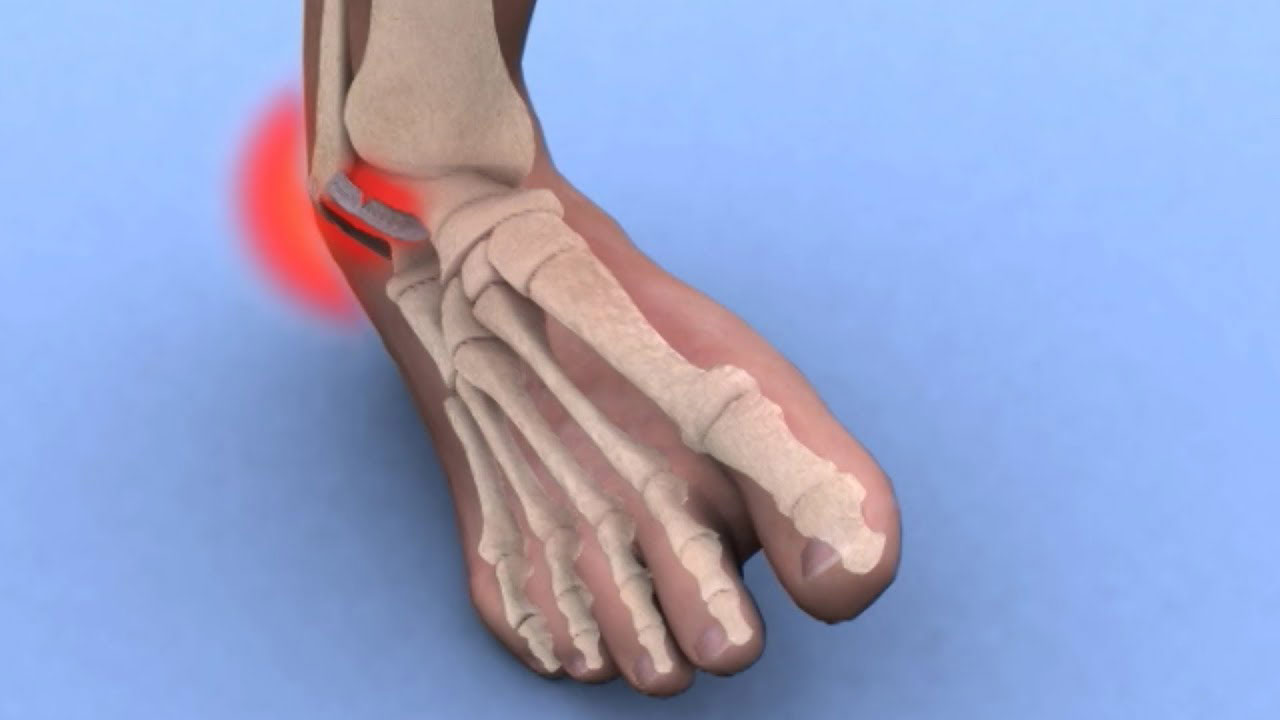
Self Help
You may have heard of RICE. Following these guidelines will help speed up your recovery and reduce the risk of further injury.
Rest does not mean doing nothing or keeping the ankle still. It means avoiding activities which increase pain in the ankle. You should rest like this for one to five days depending on the severity of the sprain. Some sprains may also require the use of crutches for a period of time to ensure walking is symmetrical.
Ice is used to limit tissue damage by reducing the body’s metabolism and tissue bleeding. It may also help reduce pain. Ice should be wrapped in a damp towel, to protect the skin from an ice burn, and applied for 20-30 minutes every 2 hours. Check regularly to see if the skin has turned bright pink or red as this is the sign of an ice burn. If there is discolouration of the skin then remove the ice.
Compression can help reduce bleeding and limit swelling to speed the recovery process. The bandage, or tubigrip applied must be sufficient to accommodate swelling and should be removed when the ankle is in elevation.
Elevation helps the body to drain the swelling away from the injury site. In the first 72 hours after an injury it is advisable to elevate it as much as possible. This would ideally mean resting the ankle on a cushion, above the level of your heart.
Exercises
As soon as pain allows you should start mobilising the ankle. There are four basic movements that occur at the ankle joint and these are the best exercises to start with. You should find that the more you do, the easier they become. You may not manage many in one go in the beginning. It is a good idea to do these little and often:
Range exercises:
Bend your foot up and down slowly
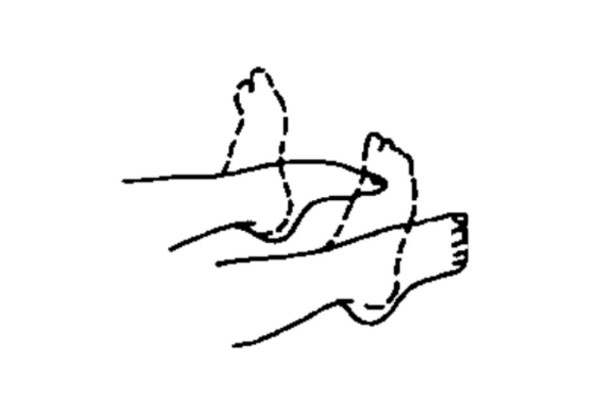
Move your foot in and out slowly
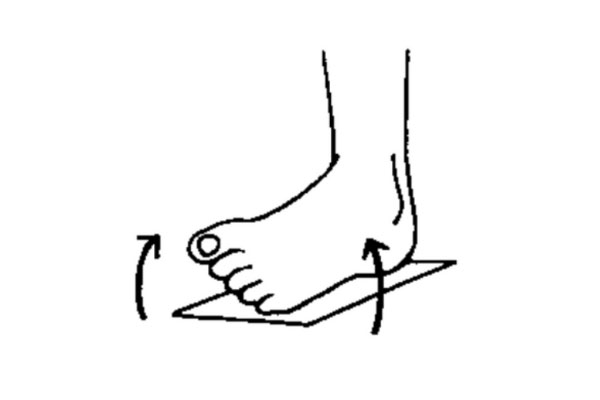
Weight bearing:
Putting weight through the foot is also important for a fast recovery. When walking you should avoid limping even if there is still some discomfort or it means slowing down. Initially you may need to practise to make sure you are walking with a normal gait pattern. The heel is the first part of your foot that should hit the floor and then as you step through, ensure you allow all your weight to move on to your supporting foot. You should also check your strides are the same length. If you need to shorten one stride, do the same with the other leg to make your walking pattern symmetrical.
These progressive exercises look at restoring balance, strength and flexibility:
Practise standing on your affected foot without holding on and count to 60.
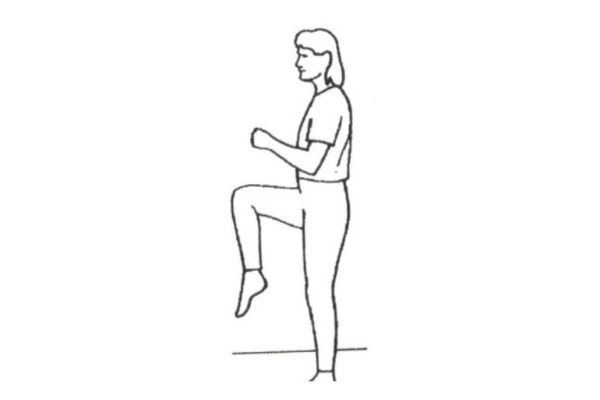
Stand with your affected foot behind you and keep your heel on the floor as you lean forwards until you feel a stretch on your calf. Make sure your feet are both pointing straight ahead. Hold this for 20 seconds and repeat the exercise 3 times.
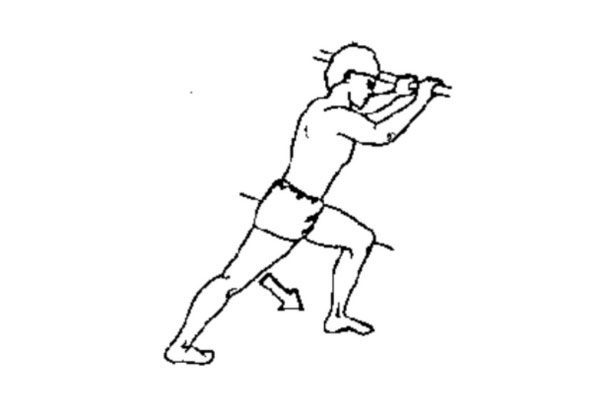
Stand and hold on to a support and raise up on to your toes and slowly lower. Repeat 20 times. You can progress by doing this exercise with just your affected leg.
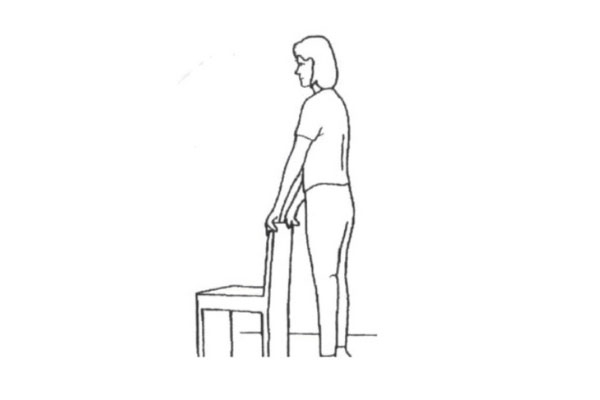
Seek Help – see your podiatrist
When you sprain your ankle, it is important to regain full movement, strength and balance. Seeing a specialist musculoskeletal physiotherapist will ensure your ankle is given the best chance of a full recovery. The initial assessment will identify any reduction in range, strength and importantly balance. Once you have sustained an ankle injury, you are a lot more susceptible to further sprains if you do not adequately rehabilitate the injured structures. Even if you feel that the ankle is OK in day to day activities, it is worth making an appointment to check that no underlying problems exist.
For those who live in Claremont or Oatlands, Tasmania, come and see our team of podiatrists. For bookings fill the form in our contact page or call us at (03) 6249 1155 .



No Comments